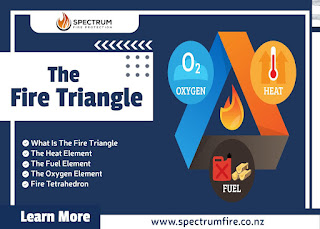Types Of Smoke Detectors And How They Work

3 Types Of Smoke Detectors and Their Differences: In this post, we will discuss the three different types of smoke detectors and their pros and cons. The two most common types of smoke alarms are photoelectric smoke alarms and ionization smoke detectors. The third type of smoke alarm is a hybrid detector that is commonly called a “dual” detector. Let’s take a closer look at each type of detector to help determine the best protection for you and your family when it comes to fires. What Is A Photoelectric Smoke Detector? The photoelectric smoke detector makes use of a light beam that helps detect the first signs of smoke in the home. This smoke detector is best known for detecting smoke from a smouldering source. This could be a lit cigarette or a short-circuited wire from a piece of electrical equipment in the home that may be placed on upholstered furniture. Another great example of a smouldering fire would be overheated Christmas lights that are hung on a dry Christ...



